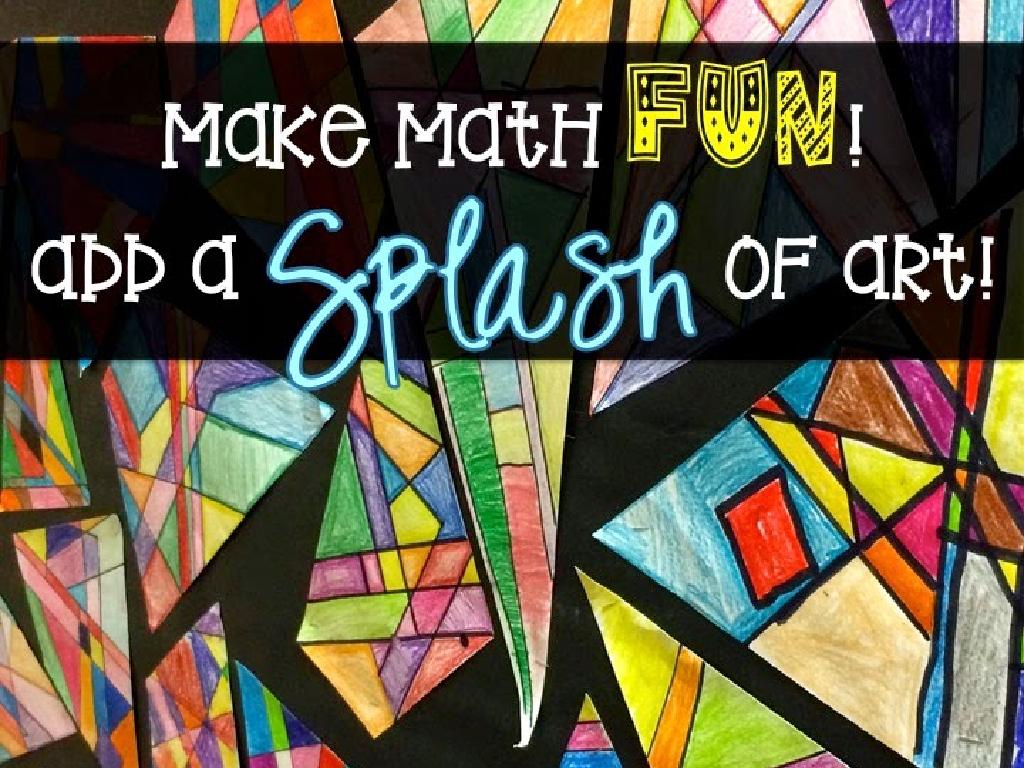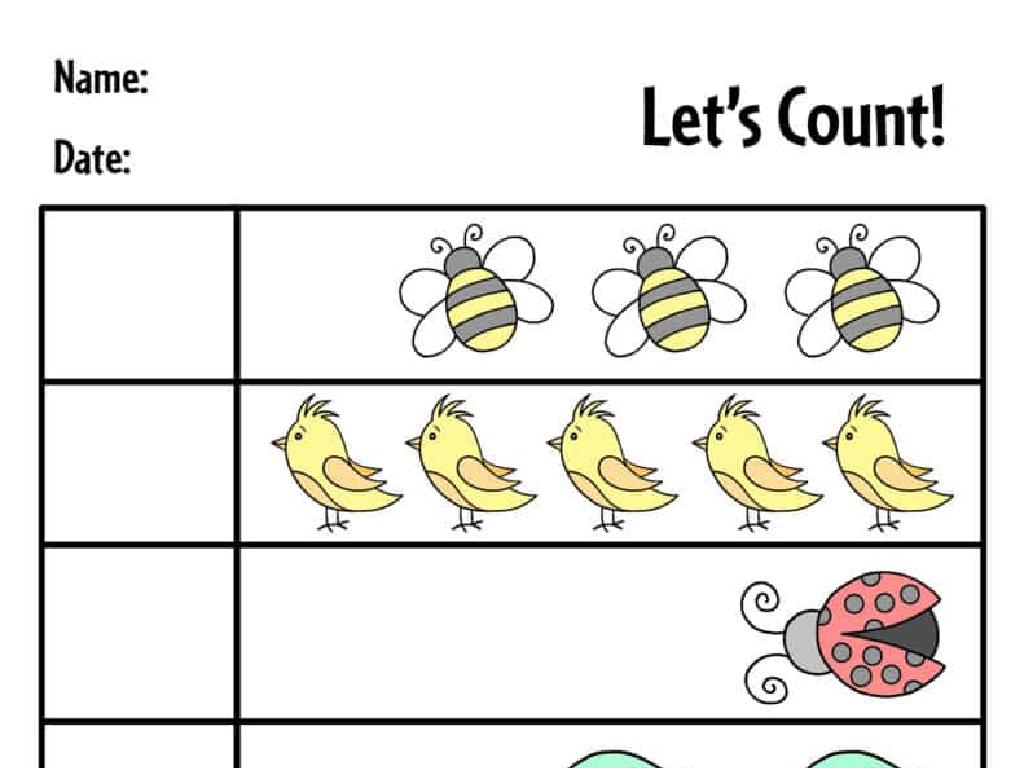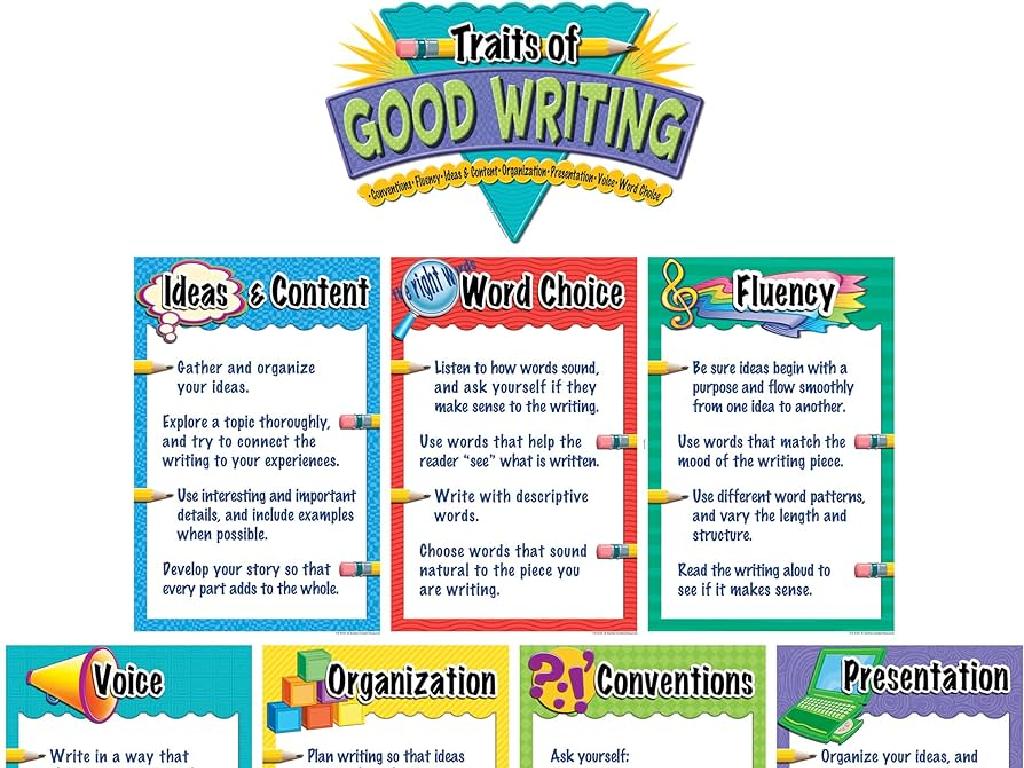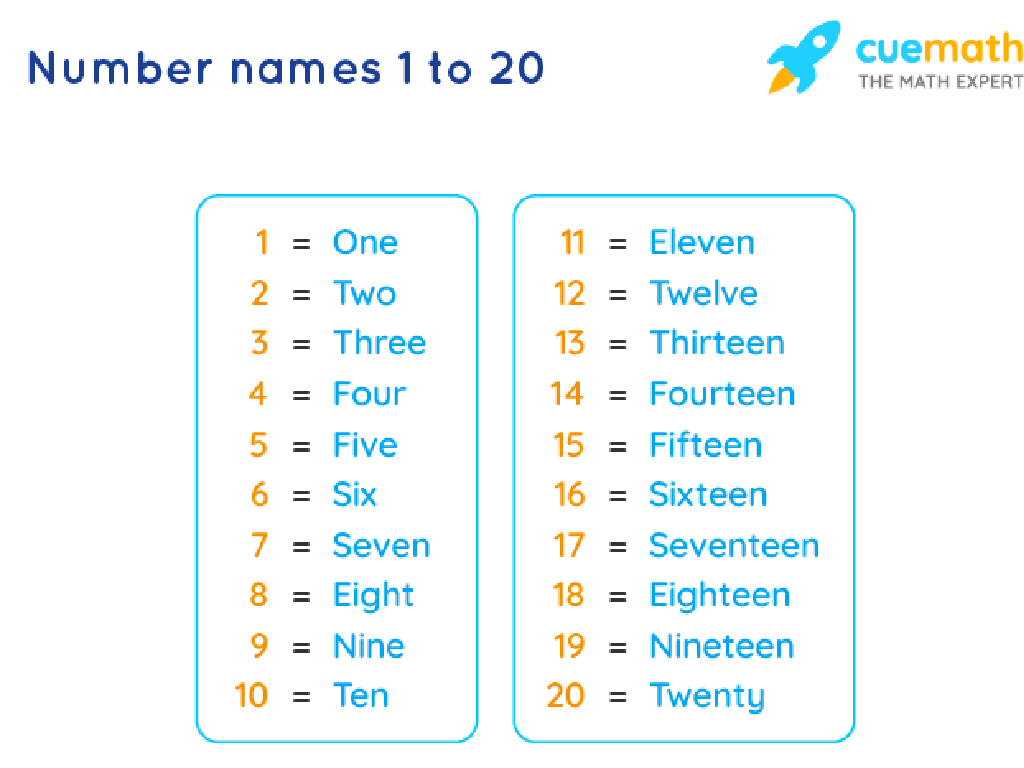Three-Dimensional Shapes Of Everyday Objects Ii
Subject: Math
Grade: Kindergarten
Topic: Shapes In The Real World
Please LOG IN to download the presentation. Access is available to registered users only.
View More Content
Welcome to 3D Shapes!
– Greeting our little learners
– Today’s topic: 3D shapes around us
– We’ll learn about cubes, spheres, and more!
– Exploring everyday 3D shapes
– Shapes are not just in books; they’re everywhere!
– Recognizing shapes in objects
– How is a ball like a sphere? Let’s find out!
|
Begin the class with a cheerful greeting to make the students feel excited about the lesson. Introduce the concept of three-dimensional shapes by explaining that unlike flat shapes, 3D shapes have depth. Use tangible examples that children are familiar with, such as balls (spheres), boxes (cubes), and cans (cylinders). Encourage the students to think about and look for these shapes in their environment. This will help them connect the lesson to the real world and understand that shapes are not just concepts in books but are present in everything they interact with daily.
Exploring 3D Shapes Around Us
– 3D shapes are solid figures
– Like blocks, balls, and cans
– Examples: cube, sphere, cylinder
– Cube like a dice, sphere like a ball, cylinder like a can
– They have length, width, and height
– These dimensions give 3D shapes volume
|
Introduce the concept of 3D shapes to the students by defining them as solid objects that exist in the space around us. Use tangible examples that children are familiar with, such as a cube resembling a dice, a sphere resembling a ball, and a cylinder resembling a can. Explain that unlike flat 2D shapes, 3D shapes have three dimensions length, width, and height which make them look like real objects they can hold and touch. Encourage the students to bring examples from home for a show-and-tell to reinforce the concept.
Cubes Around Us
– Pictures of cube-shaped objects
– Name cube-shaped objects you know
– Cubes have 6 equal square faces
– Each face of a cube is a square of the same size
– Cubes in everyday life
– Blocks, dice, and boxes are often cube-shaped
|
This slide is designed to help Kindergarten students recognize and understand cubes in their environment. Start by showing them various pictures of objects that are shaped like cubes. Encourage the children to actively participate by asking them to name any cube-shaped objects they are familiar with. Explain that a cube is a special kind of shape that has six faces, and each face is a square of the same size. Use tangible examples like blocks, dice, and boxes to illustrate the concept. This will help them connect the geometric shape to real-world objects they interact with, enhancing their spatial awareness and understanding of geometry.
Spheres Around Us
– Pictures of sphere-shaped objects
– Name sphere-shaped objects you know
– Spheres are perfectly round
– Like a ball, no flat sides
– Spheres have no edges or corners
– Unlike a cube, a sphere is smooth all over
|
This slide is designed to help Kindergarten students recognize and understand spheres in their environment. Start by showing them various pictures of objects that are shaped like spheres, such as balls, globes, and balloons. Encourage the students to actively participate by asking them to name any sphere-shaped objects they are familiar with. Explain that spheres are special because they are perfectly round, meaning they are the same shape from all angles. Emphasize that unlike other shapes like cubes or boxes, spheres do not have edges or corners; they are smooth all around. This will help them to distinguish spheres from other shapes they have learned.
Cylinders Around Us
– Pictures of cylinder objects
– Name cylinder-shaped objects
– Cylinders have two circles
– Top and bottom faces are circles
– One curved side on cylinders
– Like a soup can s smooth surface
|
This slide is designed to help Kindergarten students recognize and understand cylinders in their environment. Start by showing them various pictures of everyday objects that are cylinder-shaped, such as cans, rolls of toilet paper, and bottles. Encourage the students to actively participate by naming any cylinder-shaped objects they are familiar with. Explain that a cylinder has two faces that are shaped like circles, which are the top and bottom of the object. The side of a cylinder is curved, not flat. Use tangible examples that the children can touch and see, like a can of soup, to help them grasp the concept. The goal is to make them comfortable with identifying cylinders and understanding their basic properties.
Let’s Find 3D Shapes Around Us!
– Today’s activity: 3D shape scavenger hunt
– Each student gets a 3D shape checklist
– A list with pictures of a cube, sphere, and cylinder
– Shapes to find: cube, sphere, cylinder
– Teamwork: Help friends during the hunt
– Share your shapes with the class after finding them
|
This slide introduces a hands-on classroom activity designed to help Kindergarten students recognize and find three-dimensional shapes in their immediate environment. The scavenger hunt encourages active participation and collaboration among students. Provide each child with a checklist that includes images of a cube, sphere, and cylinder to aid in their search. Emphasize the importance of teamwork and assisting classmates. After the hunt, facilitate a discussion where students can show and tell about the shapes they found. This activity not only reinforces shape recognition but also fosters social skills and cooperative learning.
Class Activity: Shape Creators
– We’re making 3D shapes with playdough!
– I’ll show you how to make a cube, sphere, and cylinder.
– Choose your favorite shape to create.
– Let’s make shapes together!
|
This activity is designed to help Kindergarten students understand three-dimensional shapes by creating them with playdough. Start by explaining what 3D shapes are and how they can be found in everyday objects. Demonstrate making a cube, sphere, and cylinder with playdough, emphasizing the characteristics of each shape (e.g., ‘A cube has 6 equal sides,’ ‘A sphere is perfectly round like a ball,’ ‘A cylinder has two flat ends and one curved side.’). Allow the students to choose which shape they want to make and provide assistance as needed. Possible activities for different students could include making a pyramid, a cone, or even challenging them to create their own unique 3D shape. This hands-on activity will help students to better grasp the concept of three-dimensional shapes in a fun and interactive way.
Review and Farewell: 3D Shapes
– Recap the 3D shapes learned
– Cube, sphere, and cylinder we explored
– Show and tell with handmade shapes
– Hold up your shape to show the class
– Celebrate everyone’s efforts
– Great job on making shapes today!
– Say our goodbyes
|
As we conclude today’s lesson on three-dimensional shapes, take a moment to review the shapes we’ve discussed: cubes, spheres, and cylinders. Encourage the children to hold up the shapes they’ve created during the class. Offer praise for their efforts, recognizing each child’s work to foster a sense of accomplishment. As you say goodbye, remind them to bring their shapes back for the next class, and express excitement for future learning adventures together. This positive reinforcement helps build their confidence and enthusiasm for math.






